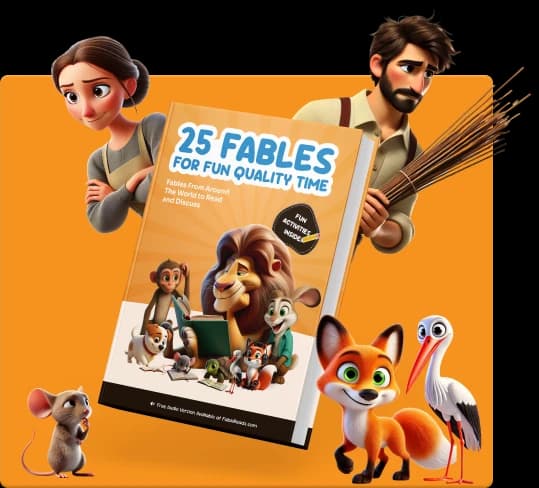Aesop | Greece
El Viento del Norte y el Sol
El Viento del Norte y el Sol compiten para quitar la capa a un viajero, pero el Sol gana con su calor.

En una ocasión, el Viento del Norte y el Sol tuvieron una discusión. Querían ver quién era más fuerte. Vieron a un viajero caminando por el camino y decidieron probar su fuerza. Acordaron que quien pudiera hacer que el viajero se quitara la capa primero, ese sería el más fuerte.
El Viento del Norte fue el primero. Sopló con todas sus fuerzas para quitarle la capa al viajero. Pero cuanto más fuerte soplaba, más fuerte el viajero sujetaba su capa, envolviéndose en ella.
Después de intentarlo muy duro y sin éxito, el Viento del Norte se rindió. Luego, fue el turno del Sol. El Sol brilló suavemente sobre el viajero, haciéndolo sentir cálido y cómodo. Disfrutando del cálido sol, el viajero se quitó la capa.
Al ver esto, el Viento del Norte supo que había perdido. El Sol fue declarado el más fuerte por hacer que el viajero se quitara la capa sin usar la fuerza.
Compra un Libro y Ayuda a Llevar Fábulas al Mundo
Disfruta de 25 fábulas seleccionadas de por vida, impresas. Cada compra apoya historias gratuitas para niños, padres y maestros en todo el mundo en fablereads.com

















